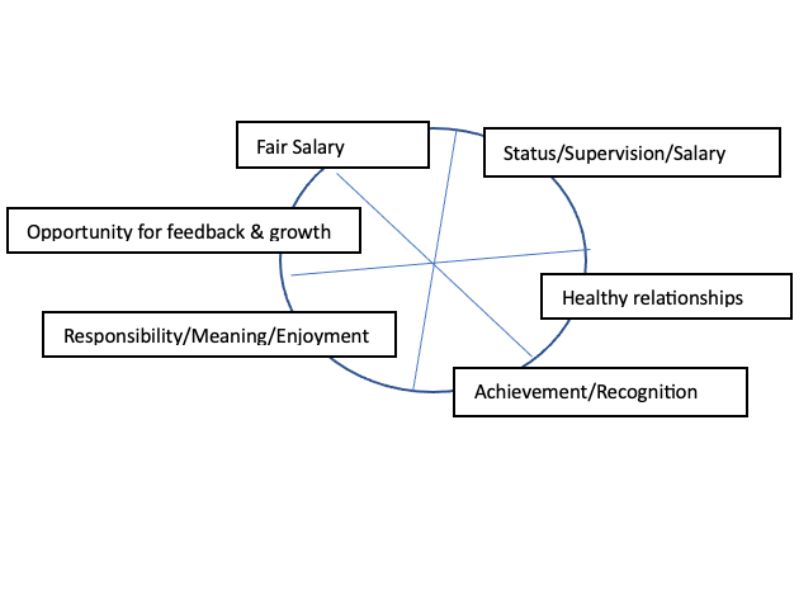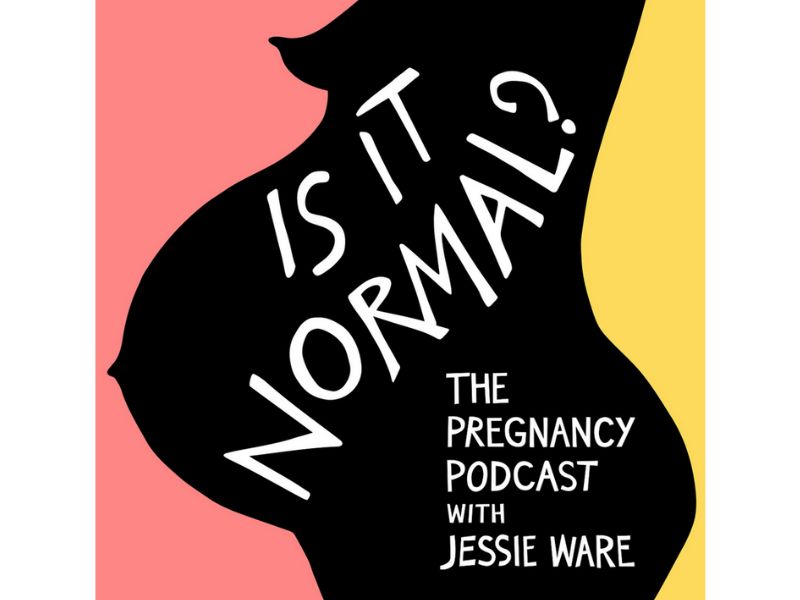By Dr Audrey Tang
One of the most common definitions of wellbeing is that provided by the Constitution of the World Health Organisation of ‘health’ (Eid & Larsen, 2008): “Health is a state of complete physical, mental and social wellbeing and not merely the absence of disease or infirmity.” (The World Health Organisation, 2022)
In terms of productivity and performance, research finds that a ‘sense of wellbeing’ at work results in a number of benefits including greater efficiency (Russell, 2003), more effective interpersonal interactions and taking of opportunities (Staw & Barsade,1993), greater motivation (Isen & Baron, 1991), and even greater cognitive flexibility (resulting in better problem solving and creativity) (Clore et al,1994)
However, a virtuous cycle can easily become a vicious one, and Microsoft’s Work Trend Index found that globally, 40% of people were looking to leave their employer in 2021, and currently in 2023 in the UK sick leave is at an all-time high.
As such, organisations are placing more emphasis on wellbeing than ever before with a focus not just on mental and emotional resilience, but also opportunities for growth and finding greater meaning and purpose within the workplace itself. However, there is a problem, when it comes to wellbeing interventions which all business psychologists face: when there are mental health concerns, it is the individual and personal incentives that are stepped up; ‘Build your Resilience’ workshops, lunchtime yoga, stress-busting apps and so on.
But this isn’t enough.
Scholes (2023) points out that an organisationally driven ‘Psychosocial Safety Climate’ – akin to the practical Health and Safety at work approach (of which personal and individual initiatives can fall within) is likely to better promote and sustain wellbeing. This means taking a much more systemic approach to mental and emotional health. If we think in these terms, taking a health and safety perspective to physical health – if someone falls down a hole, the organisational response is to fix the hole, not teach people to walk around holes better or learn to climb out faster!
Wellbeing at work is not just helping people build their resilience or mental and emotional fitness. It helps, but that is only part of the story. It is as important to remove the cause of the mental and emotional ill health in the first instance.
As such, organisations must reflect on their wellbeing strategy (and employee engagement with it),
their overall design and demands, and the tools or technology available to do all aspects of the job well – and ask themselves is this conducive to good health? And if not what can we do about it?
It is not necessarily about making the individual more resilient, but changing the culture which caused the need for that level of resilience in the first place.
What can we do about it?
Sometimes the solution is practical rather than psychological.
Back in 1959, Hersberg et al used the term ‘hygiene’ with the same meaning of ‘medical hygiene’ – factors within a job that are needed to remove health hazards – they included:
- Fair Salary
- Status, supervision and security
- Healthy relationships with colleagues and conditions of the working environment
For Herzberg, without fair pay, a healthy pace of work, and positive relationships in an environment conducive to work – your teams are also likely to become unwell. These hygiene factors are essential to avoid ill-being or job dissatisfaction.
However, Herzberg also added that there were a number of motivating factors which contributed to job satisfaction. They included:
- Achievement and Recognition
- Opportunity for advancement and growth
- Responsibility and meaning or enjoyment of the work itself
For Herzberg, ensure the hygiene factors are in place to avoid illness at work, and encourage motivational factors to promote satisfaction and potential happiness. The two are not mutually exclusive – they need to exist together. This still may not address all issues, but it is a start.
Assess your level of workplace health according to Herzberg:

Reflect on your current job.
- On a scale of 0 (middle) to 10 (outside), where are you experiencing all of those elements?
- How can you notch up the lower elements by one?
- Do it
About the author

Dr Audrey Tang is a chartered psychologist and the author of new book The Leader’s Guide to Wellbeing, as well as The Leader’s Guide to Mindfulness, The Leader’s Guide to Resilience and Be A Great Manager – Now.
She is a CPD Accredited speaker, trainer, and qualified FIRO-B and NLP Practitioner.
Dr Audrey is the founding development & training coach with her consultancy CLICK Training and often presents at international conferences in the fields of leadership and team cohesion. She is a mental health broadcaster, runs her own community radio show, and is the founder & chair of arts charity ClickArtsFoundation.
Read more health and wellbeing articles here.









